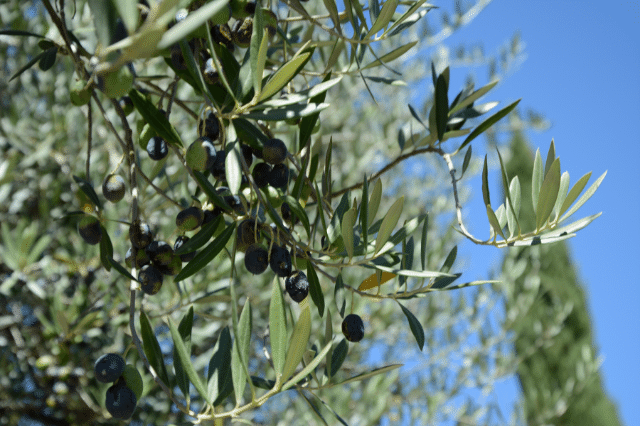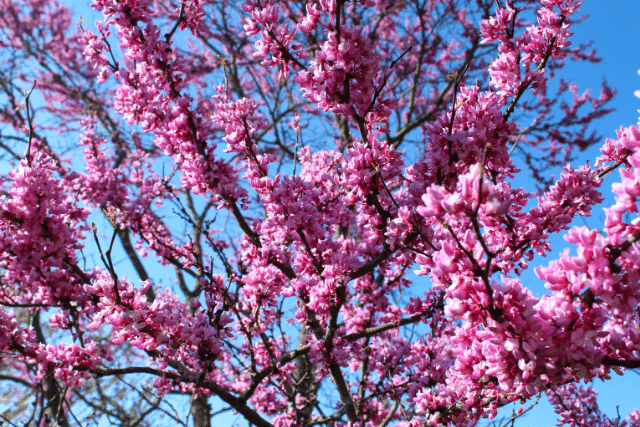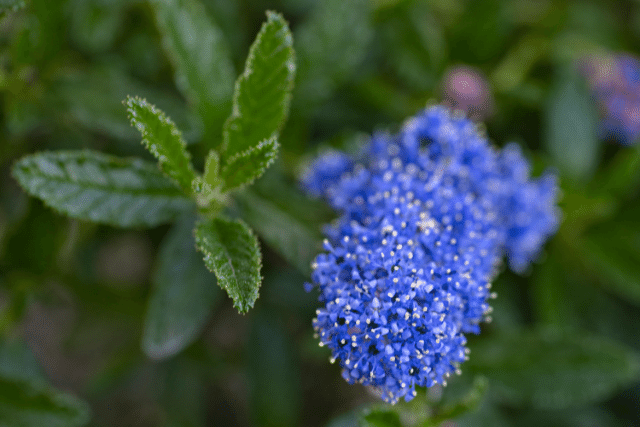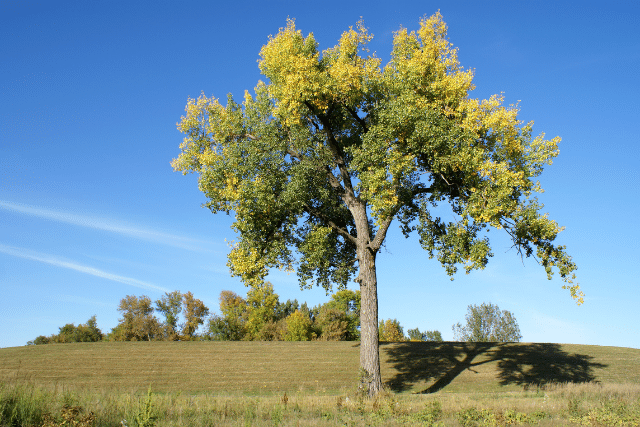
Looking to transform your garden into a lively haven for bees, butterflies, and other beneficial insects? Pollinator-friendly trees are a fantastic way to invite these buzzing visitors into your backyard oasis. These trees not only provide a source of nectar and pollen for pollinators, but they also contribute to a long term thriving ecosystem and enhance biodiversity in your outdoor space.
Many pollinator-friendly trees bloom with vibrant colors, attracting a variety of pollinators throughout the year. For instance, cherry trees and apple trees produce blossoms that are irresistible to bees, while redbud trees and crabapples attract a wide range of butterflies. These blooms offer a rich food source that helps sustain pollinator populations, which in turn supports local plant reproduction and wildlife.
In addition to their ecological benefits, these trees add beauty and character to your garden. Their lush foliage and bright flowers create a picturesque landscape that can be enjoyed throughout the seasons. Beyond their aesthetic appeal, these trees can also provide shade, reducing the heat island effect and creating a cooler environment in your backyard in the long term.
Planting pollinator-friendly trees is a simple yet effective way to contribute to environmental sustainability. They support the life cycles of many pollinator species and help maintain the balance of local ecosystems. These trees can be incorporated into various landscape designs, from smaller urban gardens to expansive rural properties.
So, if you’re ready to welcome some delightful buzzing visitors into your garden, consider planting pollinator-friendly trees. It’s a beautiful and impactful way to support pollinators, promote biodiversity, and enjoy a colorful, thriving backyard.
Conserve Water and Enhance Sustainability with Waterwise Trees

If you’re tired of spending time and money on watering your plants, waterwise trees might be the solution you’re looking for. These trees, typically native to Mediterranean climates, are adapted to thrive in hot, dry conditions with minimal water. Planting waterwise trees in your landscape can help you conserve water, reduce irrigation needs, and create a more sustainable environment.
Waterwise trees have evolved to withstand periods of drought and are excellent choices for regions with limited water resources. Unlike traditional landscaping that requires frequent watering, these trees can flourish with minimal moisture, making them ideal for areas prone to drought or water restrictions.
Common waterwise trees include olive trees, cypress trees, and California pepper trees. These species have developed unique characteristics, such as deep root systems or waxy leaves, that enable them to retain moisture and survive in arid environments. As a result, they require less long term maintenance and irrigation, reducing your water bills and conserving valuable resources.
In addition to their low water needs, waterwise trees can add beauty and diversity to your landscape. Their unique forms, textures, and colors create a visually appealing environment. Some waterwise trees, like eucalyptus and manzanita, offer aromatic foliage, while others, like jacaranda, provide vibrant blooms.
By incorporating waterwise trees into your landscape design, you contribute to a more sustainable future. Not only do these trees help reduce water consumption, but they also provide shade and habitat for local wildlife, enhancing biodiversity in your garden.
Must-Have Pollinator-Friendly and Waterwise Trees for Your Mediterranean Garden

If you’re seeking waterwise trees native to Mediterranean climates, there are many options that combine sustainability with aesthetic appeal. These native trees are adapted to Mediterranean climate, making them well-suited for water-conscious landscaping. Here’s a list of top mediterranean climate friendly waterwise trees that can add beauty and biodiversity to your garden:
Western Redbud (Cercis occidentalis)
Known for its stunning magenta-pink blooms in early spring, the Western Redbud is a popular choice among native plants. This small to medium-sized tree attracts bees and butterflies with its vibrant flowers. It’s drought-tolerant once established and has heart-shaped leaves that turn golden-yellow in fall, providing seasonal interest.
Coast Live Oak (Quercus agrifolia)
A staple in California landscapes, the Coast Live Oak is a majestic tree with a broad canopy and gnarled branches. It provides ample shade and habitat for a variety of wildlife, including birds and insects. This tree requires minimal water once established, making it a waterwise and ecologically significant choice.
California Buckeye (Aesculus californica)
The California Buckeye features large, hand-shaped leaves and unique white flower spikes in late spring. It’s a favorite among pollinators like bees and butterflies. This tree is highly drought-tolerant and adapts to various soil types, making it a resilient addition to waterwise landscapes.
Toyon (Heteromeles arbutifolia)
Toyon, or California Christmas Berry, is an evergreen tree with white blooms in summer, attracting pollinators, and bright red berries in winter, attracting birds. Its colorful appearance and drought tolerance make it a popular choice for sustainable gardens. It can be shaped as a small tree or large shrub depending on your landscape needs.

For more waterwise gardening tips see our recent article on Why Waterwise Gardening is Vital for Pollinator Habitat Restoration and don’t miss out on the Landscape Buzz for the latest updates on headlines and trends in sustainable landscapes!